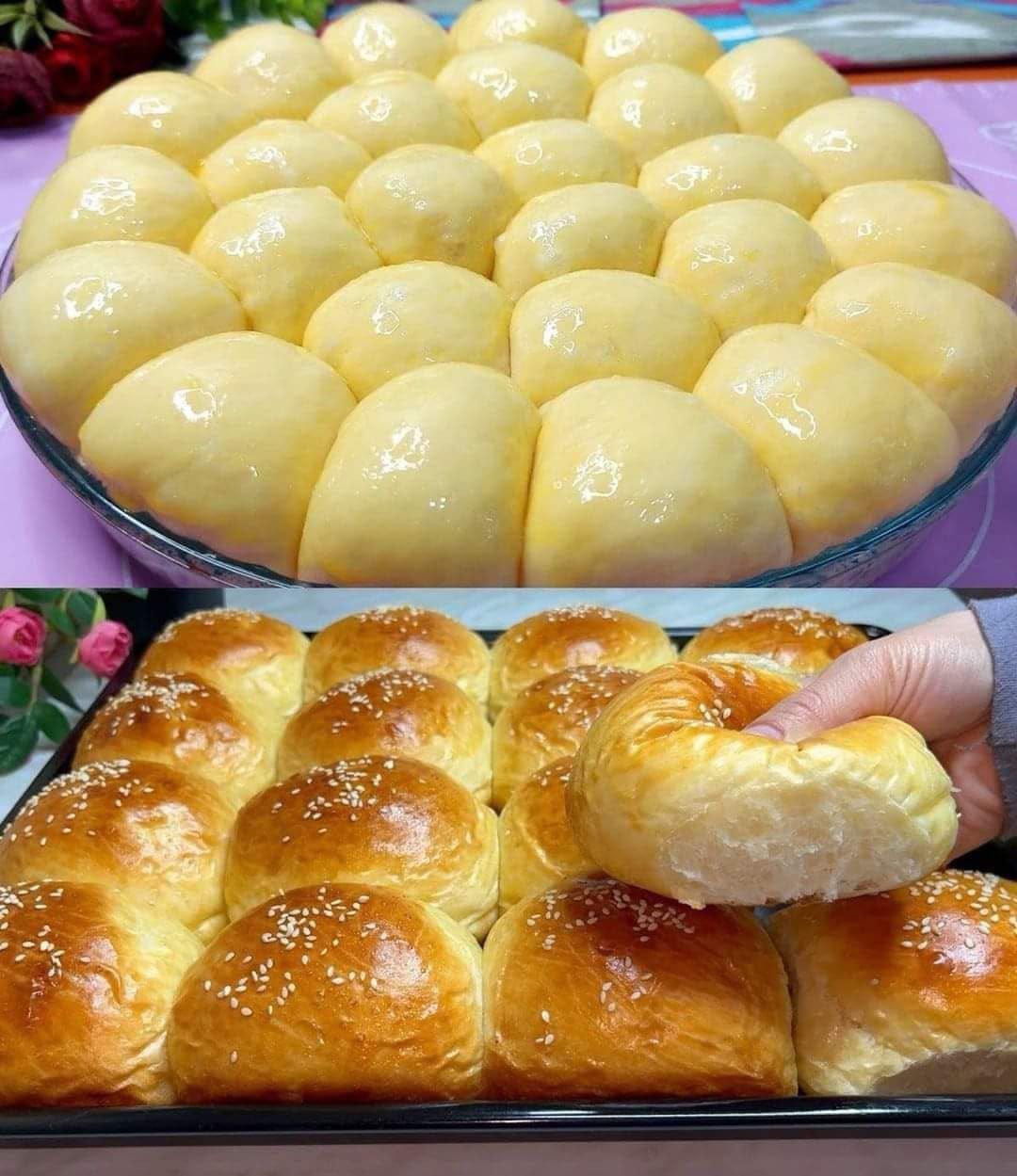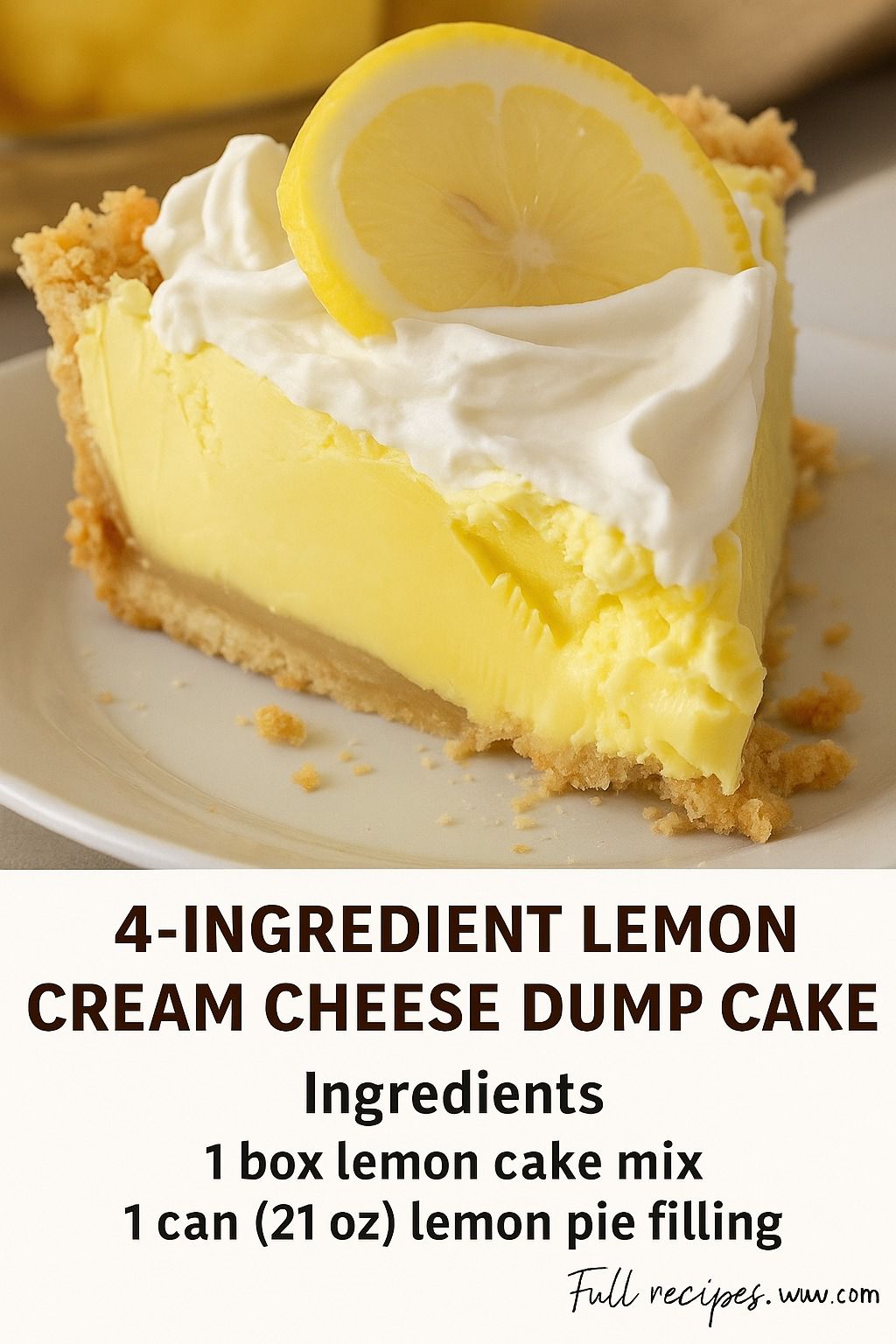MILK BRIOCHE ROLLS
What are Milk Brioche Rolls and Why You’ll Love Them
Imagine sinking your teeth into a pillowy soft roll, slightly sweet and unbelievably rich. That’s the magic of milk brioche rolls! These delightful treats are a variation of classic brioche, known for its buttery, eggy goodness. The addition of milk creates an extra tender crumb and a subtle milky flavor that’s simply irresistible. Whether you’re serving them as a side, using them for sliders, or enjoying them on their own, milk brioche rolls are guaranteed to elevate any meal.

Diving Deeper into the Deliciousness of Milk Brioche Rolls
The Secret Ingredient: Why Milk Makes a Difference
The key to truly understanding milk brioche rolls lies in understanding the role of milk. While traditional brioche relies primarily on butter and eggs for its richness, the inclusion of milk contributes in several significant ways:
- Tender Crumb: Milk’s higher water content promotes gluten development, leading to a softer, more tender crumb.
- Subtle Sweetness: Milk naturally contains lactose, a sugar that adds a subtle sweetness to the dough, complementing the richness of the butter and eggs.
- Enhanced Flavor: The milk contributes to a more complex and nuanced flavor profile, creating a truly unforgettable roll.
- Moisture Retention: Milk helps the rolls retain moisture, keeping them soft and fresh for longer.

Making Milk Brioche Rolls: A Step-by-Step Guide
While making brioche might seem intimidating, it’s actually quite straightforward. Here’s a basic recipe outline:
- Prepare the Dough: Combine flour, sugar, yeast, salt, milk, eggs, and softened butter. Use a stand mixer or knead by hand until a smooth, elastic dough forms. The dough should be enriched, but not overly sticky. King Arthur Baking has a great guide on brioche dough consistency.
- First Rise: Place the dough in a greased bowl, cover, and let rise in a warm place for 1-2 hours, or until doubled in size. This is when the yeast works its magic!
- Shape the Rolls: Gently punch down the dough and divide it into equal portions. Shape each portion into a smooth round roll.
- Second Rise: Place the rolls on a baking sheet lined with parchment paper, cover, and let rise for another 30-60 minutes.
- Bake: Preheat your oven. Brush the rolls with an egg wash for a beautiful golden-brown color. Bake until golden brown.

Tips and Tricks for Perfect Milk Brioche Rolls Every Time
Here are a few pro tips to help you achieve brioche perfection:
- Use Quality Ingredients: High-quality butter and fresh eggs will significantly impact the flavor and texture of your rolls.
- Be Patient: Brioche dough requires time to rise properly. Don’t rush the process!
- Don’t Overbake: Overbaking will result in dry, tough rolls. Keep a close eye on them in the oven. A good internal temperature is key.
- Get to Know Your Yeast: Ensure your yeast is fresh and active for optimal results. Internal link to a related article on yeast.
- Egg Wash is Your Friend: An egg wash gives the rolls a beautiful golden-brown sheen and a slightly crisp crust.

Serving Suggestions and Creative Uses for Milk Brioche Rolls
Milk brioche rolls are incredibly versatile! Here are just a few ideas to get you started:
- Classic Dinner Rolls: Serve them alongside your favorite meals as a delightful side.
- Mini Sliders: Use them as buns for mini burgers or pulled pork sliders.
- Breakfast Treats: Slice them in half and toast them with butter and jam.
- Bread Pudding: Use stale brioche rolls to make a decadent bread pudding.
- French Toast: Dip slices of brioche in egg mixture for a truly luxurious french toast.

Conclusion: Embrace the Milk Brioche Roll Revolution!
Milk brioche rolls are more than just bread; they’re a culinary experience. With their tender crumb, subtle sweetness, and endless versatility, they’re sure to become a staple in your kitchen. So, gather your ingredients, embrace the process, and prepare to be amazed by the delightful magic of milk brioche! Don’t be afraid to experiment and adapt the recipe to your personal tastes. Happy baking!















Post Comment